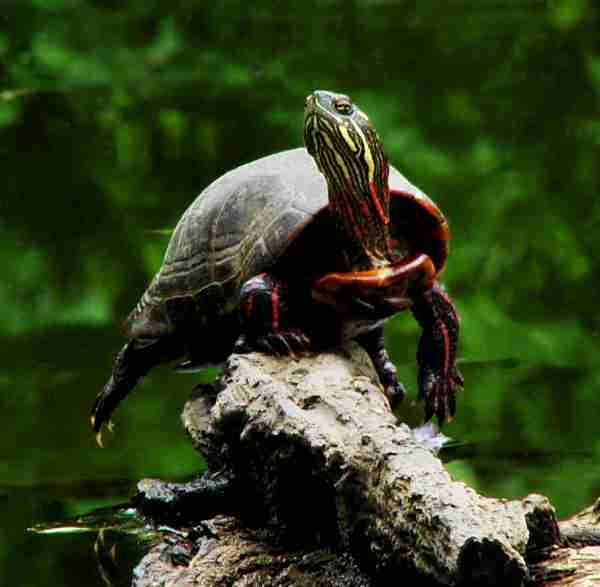Nestled in the eastern United States, the Blue Ridge Mountains are not only a breathtaking expanse of natural beauty but also a thriving ecosystem teeming with diverse wildlife. From the lush valleys to the rugged peaks, this ancient mountain range provides a habitat for a fascinating array of creatures, each adapted to the unique challenges and opportunities these hills offer. In this article, we embark on a journey through the heart of the Blue Ridge Mountains Animals, unveiling the secrets of the region’s wildlife.
From elusive black bears and bobcats that prowl the forests to the colorful warblers that grace the skies, the Blue Ridge Mountains are a treasure trove for both nature enthusiasts and wildlife researchers. These animals have evolved over centuries, carving out their niches in a landscape characterized by dramatic elevational changes and a rich variety of ecosystems.
Join us as we venture into the enchanting world of Blue Ridge Mountain animals, unraveling the stories of survival, adaptation, and coexistence in this stunning natural wonderland.

Overview of the Blue Ridge Mountain Ecosystem:
The Blue Ridge Mountains, part of the larger Appalachian mountain range, paint a picturesque landscape across the eastern United States. Stretching from Georgia to Pennsylvania, these ancient mountains harbor a diverse and intricate ecosystem.
At their core, the Blue Ridge Mountains are characterized by their rolling hills, lush valleys, and soaring peaks, which create a multitude of microclimates and habitats. This ecological diversity has allowed for the existence of a wide range of plant and animal species, making it a haven for biodiversity enthusiasts.
The forests, streams, and meadows of the Blue Ridge Mountains are home to an array of flora and fauna. The region’s forests are a mix of deciduous and evergreen trees, providing shelter and sustenance for numerous creatures, from black bears to songbirds. These mountains also give rise to some of the most iconic rivers and waterfalls in the United States, further enriching the ecosystem and providing vital resources to the inhabitants. Understanding the complexity of this ecosystem is key to appreciating the delicate balance of life within it.
List Of Blue Ridge Mountains Animals
Black Bears:
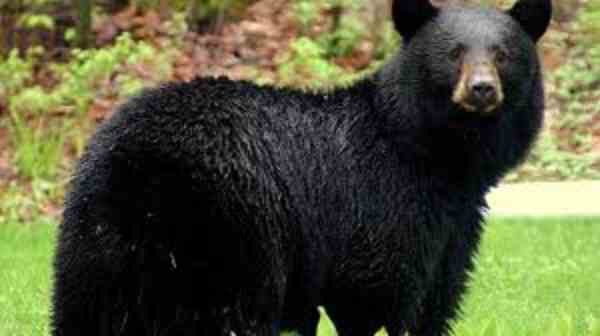
Black bears are iconic residents of the Blue Ridge Mountains. These large mammals, known for their dark fur, are primarily herbivorous and play a vital role in the ecosystem by helping to control plant and animal populations. While they are generally shy and reclusive, it’s essential for residents and visitors to practice responsible food storage and avoid attracting them to human habitation.
White-Tailed Deer:
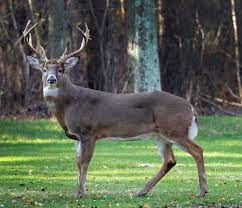
White-tailed deer are a common sight in the Blue Ridge Mountains. Their graceful appearance and distinctive tails make them easily recognizable. These herbivores are integral to the region’s ecosystem, serving as prey for larger predators and helping to disperse plant seeds through their browsing habits.
Eastern Coyotes:

Eastern coyotes are highly adaptable predators found throughout the Blue Ridge Mountains. These canids play a crucial role in controlling small mammal populations and are known for their intelligence and resourcefulness. However, residents should be aware of the potential for conflicts when coyotes are attracted to urban or suburban areas in search of food.
Wild Turkeys:
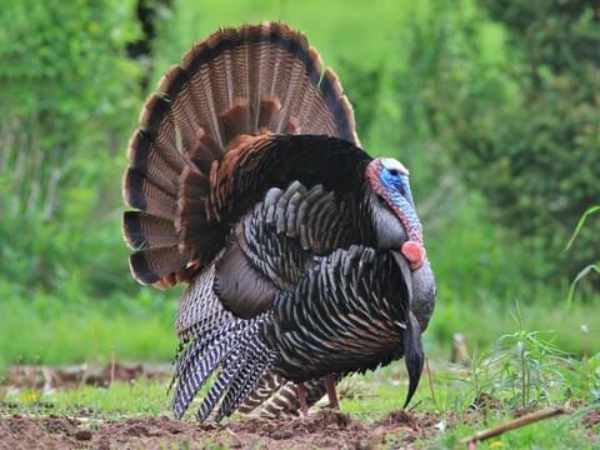
Wild turkeys are a familiar sight in the Blue Ridge Mountains, especially in rural and wooded areas. These birds are known for their impressive plumage and distinctive gobbling calls during mating season. Conservation efforts have successfully restored wild turkey populations in the region, making them a symbol of wildlife recovery.
Eastern Box Turtles:
Eastern box turtles are terrestrial reptiles native to the Blue Ridge Mountains. Recognizable by their domed shells, they are often encountered in woodlands and grassy fields. These turtles are slow-moving and have a long lifespan, contributing to the region’s biodiversity.
Red Foxes:
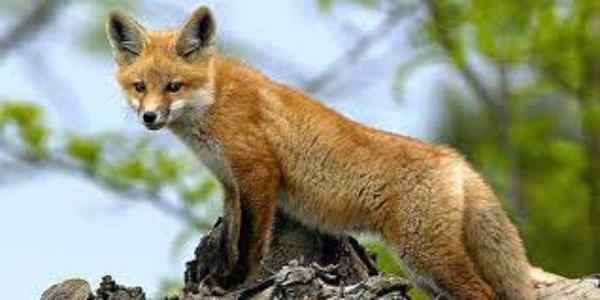
Red foxes are known for their striking red fur and are widespread in the Blue Ridge Mountains. These adaptable predators are skilled hunters and help control populations of small mammals and birds.
Eastern Timber Rattlesnakes:
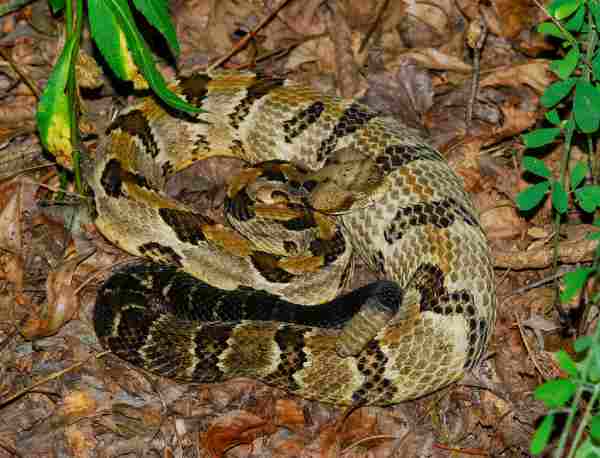
Eastern timber rattlesnakes are venomous snakes native to the Blue Ridge Mountains. They are secretive and prefer forested habitats. While encounters are rare, it’s important to exercise caution and respect their role in the ecosystem when hiking or exploring the region.
Bobcats:
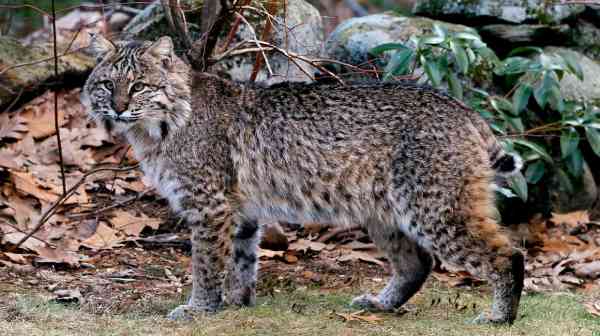
Bobcats, though elusive, inhabit the Blue Ridge Mountains. These solitary felines are skilled hunters and primarily active at night. Their presence is a testament to the region’s biodiversity and the need to protect its natural habitats.
Raccoons:

Raccoons are adaptable and common in urban and rural areas of the Blue Ridge Mountains. Their distinctive masks and dexterous paws make them both charming and resourceful, but residents should be cautious about securing food and trash to avoid attracting them to human environments.
Gray Squirrels:
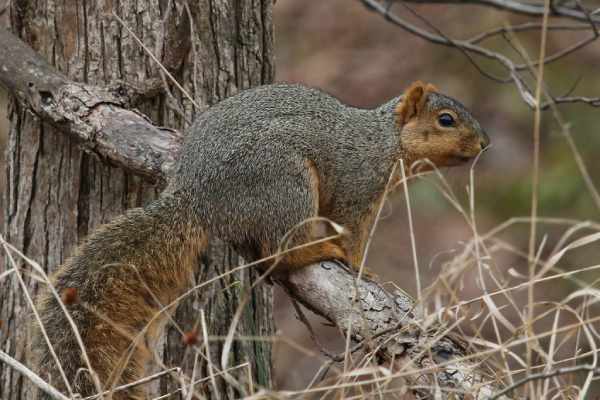
Gray squirrels are ubiquitous in the Blue Ridge Mountains, known for their energetic antics and bushy tails. These rodents play an essential role in forest ecology, contributing to seed dispersal through their foraging habits.
Bald Eagles:
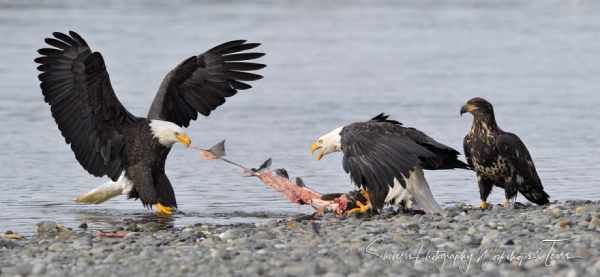
The majestic bald eagle, America’s national bird, graces the skies of the Blue Ridge Mountains. These powerful raptors are known for their striking white heads and large wingspans. Their presence signifies the health of local waterways and the conservation efforts that have led to their recovery.
Great Horned Owls:
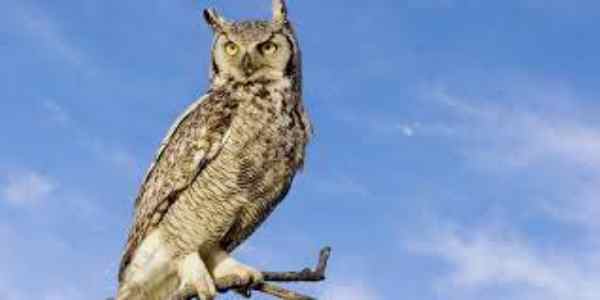
Great horned owls are nocturnal birds of prey found in the Blue Ridge Mountains. Recognized by their tufted “horns” and fierce hunting abilities, these owls are essential for controlling rodent populations and maintaining a balanced ecosystem.
Eastern Cottonmouth Snakes:

Eastern cottonmouths, also known as water moccasins, inhabit wetland habitats within the Blue Ridge Mountains. As venomous snakes, they are a crucial component of the region’s biodiversity, but encounters are infrequent, as they tend to avoid human activity.
Beavers:

Beavers are known for their industrious dam-building activities in streams and ponds throughout the Blue Ridge Mountains. These mammals shape the landscape and create wetland habitats that benefit other wildlife.
River Otters:

River otters, with their playful nature and sleek, streamlined bodies, are semi-aquatic mammals found in the region’s rivers and streams. Their presence is a testament to the health of aquatic ecosystems in the Blue Ridge Mountains.
Eastern Bluebirds:

Eastern bluebirds grace the open fields and meadows of the Blue Ridge Mountains with their brilliant blue plumage. These cavity-nesting songbirds are a symbol of hope and conservation success, having rebounded thanks to nest box programs.
Eastern Chipmunks:
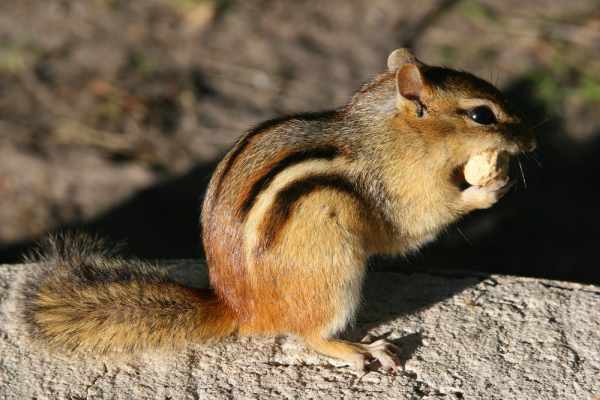
Eastern chipmunks are small, ground-dwelling rodents often spotted in wooded areas and suburban neighborhoods. Known for their cheek pouches and energetic behavior, they contribute to forest ecology by dispersing seeds.
Copperheads:
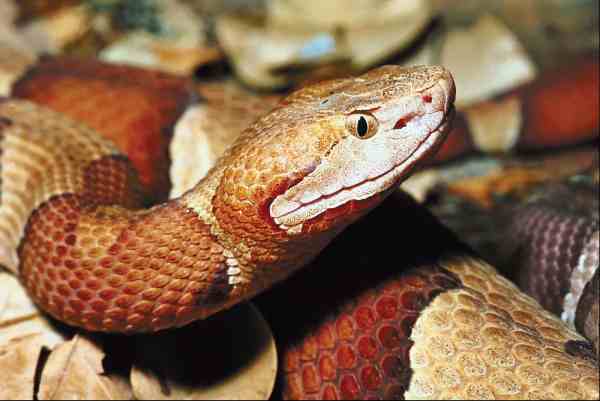
Copperhead snakes, though venomous, are found in certain rocky or hilly terrains within the Blue Ridge Mountains. Encounters are rare, and their role in the ecosystem is significant, as they help control rodent populations.
Various Songbirds:
The Blue Ridge Mountains are a haven for birdwatchers, with a wide variety of songbirds inhabiting the diverse ecosystems of the region. These birds contribute to the area’s rich biodiversity and provide opportunities for bird enthusiasts to observe their unique behaviors and calls.
Eastern Box Turtles:

Eastern box turtles, known for their distinctive domed shells, are terrestrial reptiles native to the Blue Ridge Mountains. Their slow-paced lives contribute to the region’s biodiversity and remind us of the importance of protecting their habitats.
Rare and Endangered Species:
Within the Blue Ridge Mountains, you’ll find a treasure trove of rare and endangered species. The unique geography of the region has created isolated pockets of habitat that serve as refuges for these imperiled creatures. One such iconic species is the Virginia northern flying squirrel, a small, nocturnal mammal found in select high-elevation forests. Its rarity and elusive nature make it a symbol of conservation efforts in the area.
Additionally, the eastern hellbender, a giant aquatic salamander, finds its home in the clear, cold streams of the Blue Ridge Mountains. Unfortunately, habitat degradation and pollution have led to its decline, emphasizing the need for conservation action. These mountains also provide crucial habitat for the elusive and endangered red-cockaded woodpecker and the threatened Carolina northern flying squirrel, underscoring the significance of preserving this unique ecosystem for future generations.
Wildlife Viewing and Conservation:
For wildlife enthusiasts, the Blue Ridge Mountains offer unparalleled opportunities for observation and study. The region boasts a network of trails, parks, and wildlife viewing areas, allowing visitors to glimpse its inhabitants in their natural habitats. Black bear sightings are not uncommon, and keen observers might spot the elusive bobcat or the vibrant Eastern box turtle.
Conservation efforts in the Blue Ridge Mountains are vital to protect these species and their habitats. Various organizations and initiatives are working diligently to preserve the unique biodiversity of the region, emphasizing responsible tourism and sustainable land management practices. These endeavors aim to strike a balance between human activities and the protection of the fragile ecosystems, ensuring that future generations can continue to marvel at the natural wonders of the Blue Ridge Mountains.
Final Words:
The Blue Ridge Mountains are not just a geographic wonder; they are a testament to the resilience and adaptability of nature. Within their folds lies an intricate tapestry of life, from the rarest of creatures to the grandest of landscapes. However, with this beauty comes the responsibility of stewardship.
Preserving the delicate balance of the Blue Ridge Mountain ecosystem is not only essential for the creatures that call it home but also for the enrichment of our own lives through the wonder of nature. As we explore the depths of this remarkable wilderness, let us remember that our actions today determine the legacy we leave for future generations, ensuring that these mountains continue to enchant and inspire for centuries to come.
Reference:
- https://www.nps.gov/blri/learn/nature/mammals.htm
- https://www.nps.gov/articles/blueridgeprovince.htm
- https://georgiacfy.com/north-georgia-wildlife/

Rahul M Suresh
Visiting the Zoo can be an exciting and educational experience for all involved. As a guide, I have the privilege of helping students and visitors alike to appreciate these animals in their natural habitat as well as introducing them to the various aspects of zoo life. I provide detailed information about the individual animals and their habitats, giving visitors an opportunity to understand each one more fully and appreciate them in a more intimate way.

